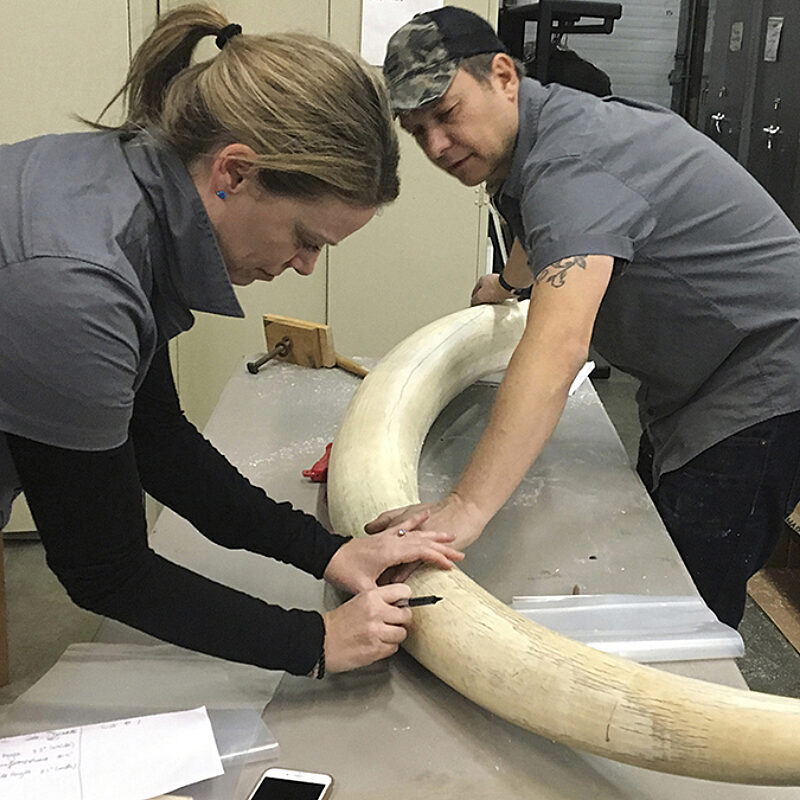Ring! Ring!
Biologist Samuel Wasser picks up the phone. Which country is calling this time? Kenya? Singapore? Malaysia? Either way, he gets the same news: Police have found stolen ivory. Again.
Mr. Wasser is no ordinary biologist. He’s a detective working to catch slippery criminals—elephant poachers. He flies out to whichever country has called. He collects samples of poached elephant tusks. Each tusk is a clue. He analyzes the DNA the tusks contain.
African elephants are endangered. A century ago, around five million elephants lived in Africa. Today, that number has fallen to around 415,000. People covet elephant tusks for their smooth, white ivory. International ivory trading is now illegal. Still, poachers ship almost 1.1 million pounds of elephant tusks out of Africa every year. That amount is as heavy as the Statue of Liberty. Twice.
God created a resource-filled world for mankind to enjoy. But human greed leads to destruction. Does God’s brilliant design also hold the answer for catching these thieves?
Maybe.
DNA collected from elephant tusks can reveal where an elephant came from. That’s because elephants live in family herds. They share DNA markers within those groups. That makes it much easier to figure out exactly where the poaching happened. That’s no small task on a continent as large as Africa. Does DNA from one ivory batch match DNA from another? If so, authorities can connect those thefts to the same criminals.
So far, science has pinned most elephant poaching on just three groups of thieves. Authorities have already arrested two suspects.
Why? God calls us to steward creation, but human greed sometimes destroys it instead. His brilliant creation also gives us the tools to expose greed with truth.



















